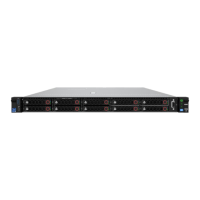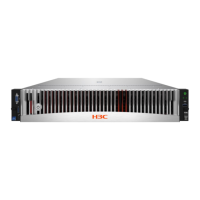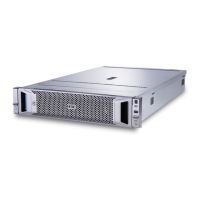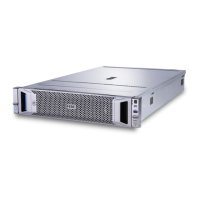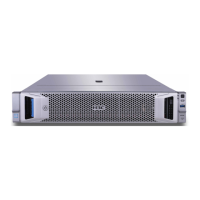12
configuration needs a minimum of eight drives, which can be organized into two parity groups, each
containing four drives.
Figure 13 RAID 60
For any given number of drives, when the most parity groups are configured, the data loss
probability is the lowest. For example, if 20 drives are used, configuring five parity groups is more
secure than four parity groups. However, the more parity groups are configured, the less data can
be stored on the array.
Application scenarios
RAID 60 is useful in archiving databases and high-availability solutions.
Advantages
Has higher performance (especially write performance) than RAID 6.
Has higher fault tolerance performance than RAID 0 and RAID 6.
No data is lost even up to 2n (n is the number of parity groups) physical drives fail as long as
no more than two drives fail in a parity group.
Disadvantages
Data is lost if a third drive in a parity group fails before data from one of the two failed drives in
the parity group is rebuilt.
More drive capacity is used for saving redundant or parity data than non-nested RAID levels.
S
1
S
2
S
3
S
4
S
1
S
2
S
3
S
4
D2
C1
QB
PA
D4
C3
NB
MA
QD
PC
B1
A1
ND
MC
B3
A3
D1
QC
PB
A2
D3
NC
MB
A4
PD
C2
B2
QA
MD
C4
B4
NA
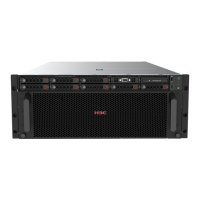
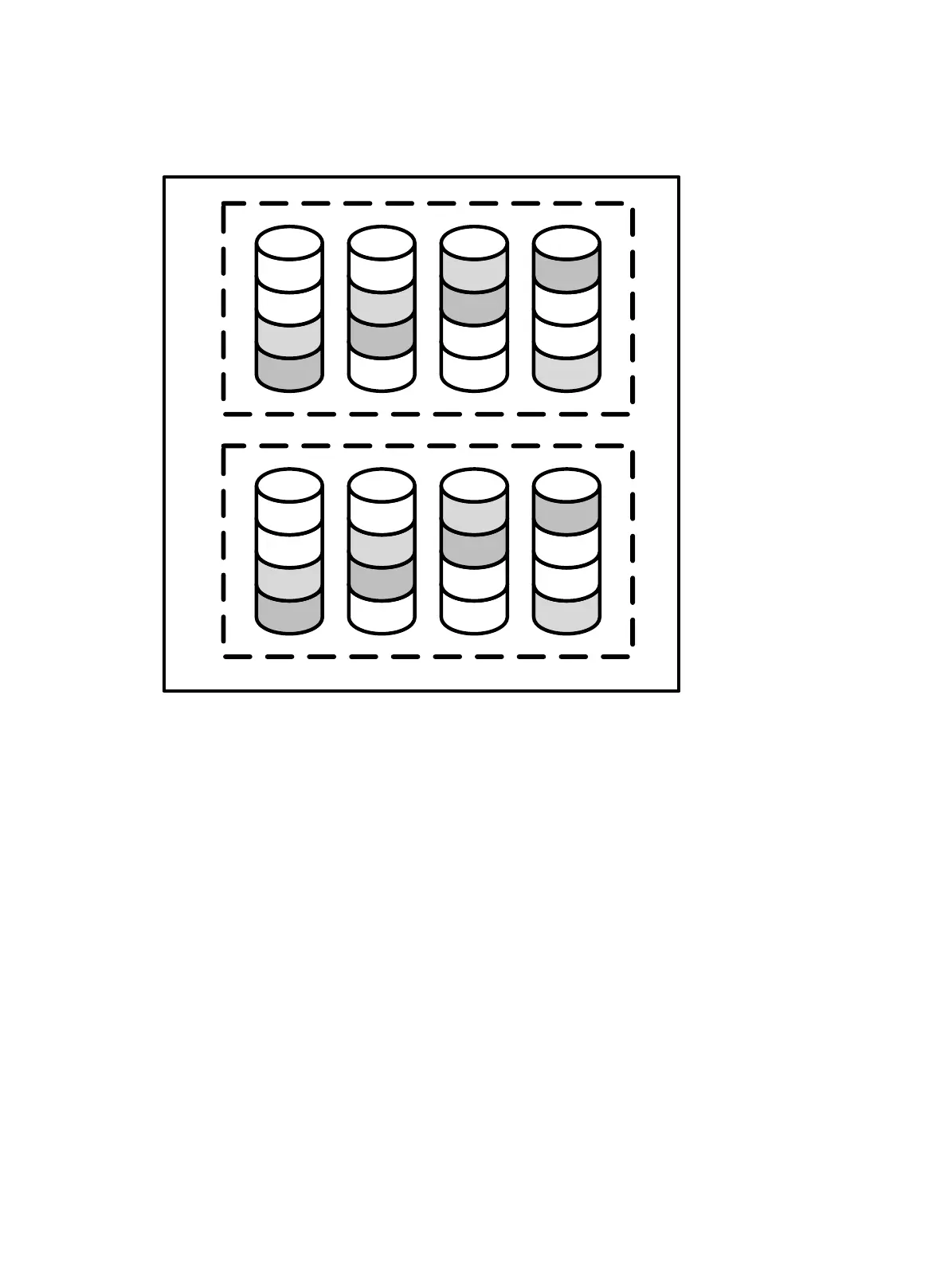